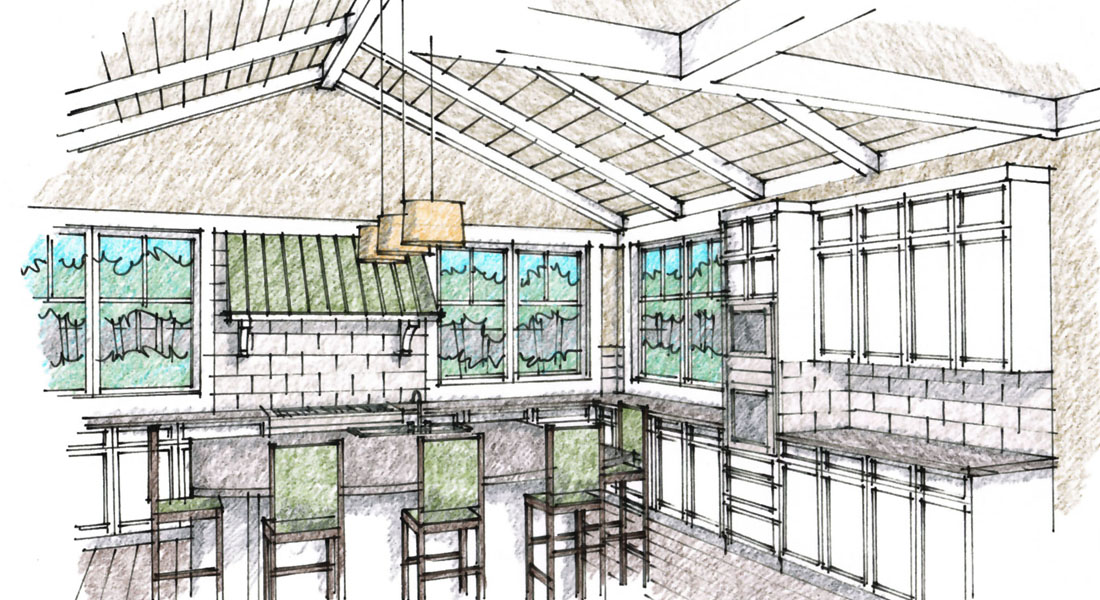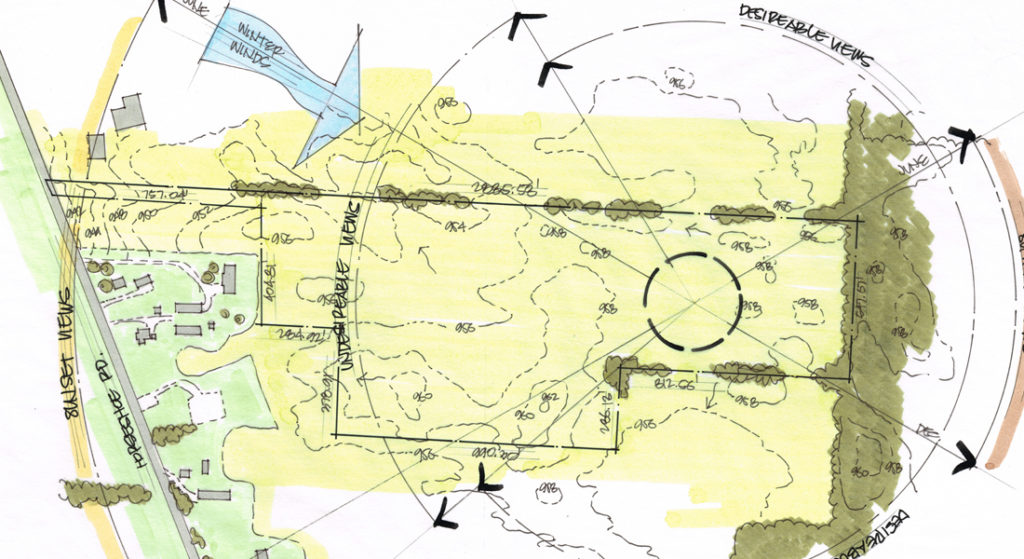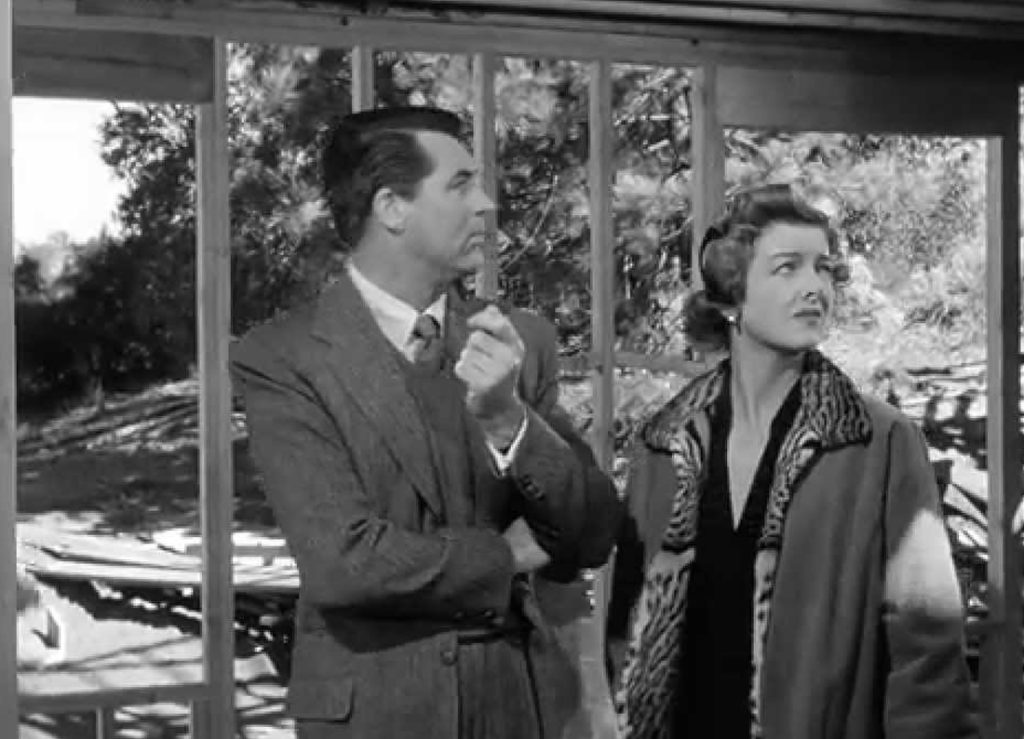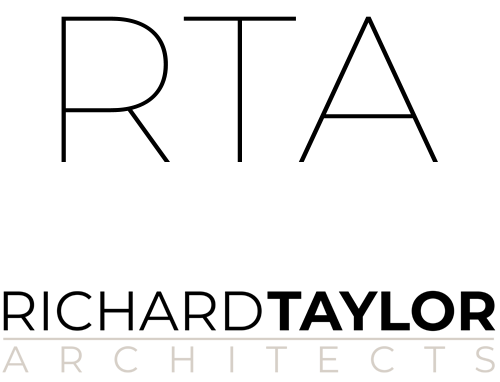
How Long Does it Take to Design a Custom Home?
If a new client doesn’t ask me that question at our first meeting, I’ll ask and answer it for them. But the answer isn’t a neat, clean one that you can pop on the calendar with “design started” and “design finished” dates.
The answer is…it depends.
Most people aren’t surprised by that, although they still want some sort of rough idea – what’s a reasonable high and low range?
That answer’s the same, unfortunately. It depends on a lot of factors including the conditions of the site, the size and complexity of the design, design review requirements, and several others.
And of course, that old standby reason: every project’s different (don’t quit on me yet – keep reading!).
No one wants the process to take longer than it needs to. Dragging out the design process costs money, robs your enthusiasm, and – most importantly – reduces the time you’ll spend enjoying your new home. It might also keep me from moving on to my next project.
But that doesn’t mean that speed alone is a goal. Fast design isn’t necessarily good design.
If you’re serious about a truly custom home design (and you don’t want it to take any longer than it needs to) then it’s more useful to talk about the things that can influence the length of the custom home design process rather than a fixed time frame.
And that goes for you and your Architect. Here’s a list of a few things I’ve seen over the years that can impact how long it takes to design a custom home (and yes, at the end, I’ll actually give you that “reasonable high and low range”):

A Buildable Site
Most clients walk in my door with their property already purchased. Sometimes it’s developed land, with sewer, water, and streets in place. Sometimes it’s undeveloped land, without utilities, but with access to them and with residential zoning in place.
We already know that both of those properties are “buildable” – the next task is getting the design process underway, which begins with studying the site.
Other clients walk in wanting to build, but still searching for land. Finding land, however, doesn’t always mean you’re ready to build. Undeveloped property may need rezoning, platting, utility easements, and other government approvals before you can build.
That can take months, and since we can’t start designing the house until we know we have a buildable site…
So if getting started soon is important to you, be sure you carefully consider your property and any potential legal hurdles that you’ll need to clear first.
A Clear Idea of Your Goals for the Design
A big part of an Architect’s service at the very beginning of the process is helping people figure out their goals. I enjoy that because it deepens my relationship with my clients and their project – leading to better, more personal design – and helps my clients better understand their priorities.
“Goals” include practical things like the budget, deadlines, and size of the garage, and more creative things like character, feel, openness, and color.
Knowing “exactly” what you want to design and build definitely helps speed things up. But it can also hamper a creative design process. It’s better – from a design standpoint – to have clear goals in mind, but you don’t need to have the design figured out.
Flexibility – An Open Mind – Willingness to Explore
This one’s related to the previous ideas about “goals”. Being flexible doesn’t mean you’re going to waste a lot of time changing your mind about your house, it means you keep an open mind to new ideas and strategies that come up during the design process.
You don’t want bring up a great idea when it’s too late to include it in the design.
It also means you’re not reserved about expressing your thoughts during the design process. Holding back can slow things down – like the client of mine who waited until the final construction drawings were nearly complete before she had the courage to tell me she had been uncomfortable with a certain aspect of the design for a long time.
That set the process back a long way – expressing that concern during the design phase, when changes are easy and quick – would have saved many weeks of redesigning.
A Reasonable Match Between Your Dreams and Your Budget
Architects don’t expect their clients to know how much it costs to build or remodel a house. We hope your budget and your dreams align, but if not, we can help you figure out a reasonable compromise between the two.
If your budget and dreams are far apart, I can help with that too, if you’re willing to spend a little more time exploring more unusual design strategies.
Of course if you already have a realistic idea of how much your project might cost, we can get started designing right away.
Even if you call or email me with no idea how much your dream might cost, I can help – maybe just to tell you that you don’t need an Architect for your project, which might save you a lot of time and money designing a house that you’ll never be able to build.
Just don’t be that guy who thinks the internet is a good source of reasonable local house construction costs – he’s going to be disappointed every time.
A Strategy for Decision Making
Designing a home requires a lot of decisions. A lot.
Your Architect will help you navigate most of those decisions and will make many of them easier with the sketches and drawings they’ll do for you, but you’ll still need to make choices.
Keeping decisions from overwhelming you means being prepared, keeping good records, and deciding to decide (sorry, that’s the best I could come up with).
Being prepared – you started this process with some idea of what you like in a house right? Organize those ideas in folders, on Houzz.com, on Pinterest.com, or whatever format you prefer. Being able to fall back on those earlier decisions will help you choose when you’re facing new ones.
Keeping good records – don’t forget the decisions you’ve already made and risk having to make them all over again. In my office, we hook our clients up with a Dropbox account on day one, and put all of our meeting notes, sketches, etc. in it. Our clients use it for all of their project records, too.
Deciding to Decide – I’ve worked with more than a few clients who just can’t make a decision, no matter how hard they try. It might be a fear of getting it wrong, or some other reason.
But decisions have to be made, or the design process quickly comes to a halt. So do your research, check out the options, confer with your Architect, then decide. There will be opportunities later to correct mistakes if you make them, but holding up the design process until you’re certain each decision is correct will slow the process to a crawl.

A Commitment to Good Communication
Meetings, phone calls, emails, texts, Skype – Architects don’t care how you communicate with them as long as you’re communicating. Neither of you – client or Architect – should ever hesitate to ask questions or just share thoughts and concerns.
Communicating frequently doesn’t lengthen the design process, it shortens it – because talking is exploring, and exploring is progress. Design is a collaborative process that thrives in an atmosphere of give and take. The more your talk, text, and type, the better.
So – how Long Does it Take to Design a Custom Home?
In my office, the “average” time to design a 3,000 square foot custom home – from the day we start talking about goals until we’re ready to get bids – is about 4 to 6 months. I’ve had projects take much longer than that, but rarely any less.
That’s moving at a steady – but not hurried – pace, and allows me to give you the best I have to offer as an Architect.



Thanks for the affirmation of a question that always bugged me…..this draw is taking waaaaay too long. I’m on track for 4 to 6 months…and longer. Clients do complain about the time taken until they get their bundles of plan sets that equate to a tree trunk in brown paper and rubber bands.
So much minutia….so little time.
==========================================================
Note the fancy letters after the name. I passed that 3 hour test a week ago!!
Dan – congrats on the certification – that’s a pretty big deal!